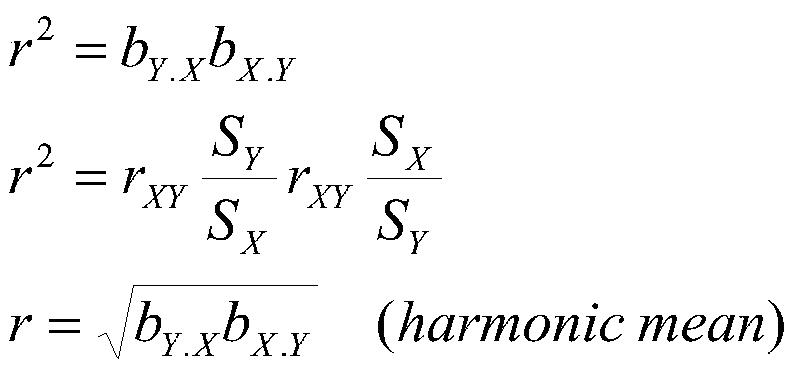How to Calculate the Harmonic Mean

For a generalized assessment of the long series of values, there are different helping methods, tools and values. One of them is harmonic mean. You just have to put the formulae of the harmonic mean to find out the value.
Mathematically, the harmonic mean may be the average degree, quadratic, harmonious, balanced, logarithmic, etc. However, in practice, the average person often has to calculate the simple arithmetic mean value of a certain set of values. In general, harmonic mean can be defined as a number between the largest and smallest numbers of the given sequence.
Instructions
-
1
Numerical characteristic of a set of functions or numbers, concluded between the maximum and minimum values, is called the mean value. In mathematics, under this definition, one can understand the average value of the function, a weighted average of the average chronological. In probability theory and statistics - it's non-parametric averages, such as the mode, median and average value of a random variable. For each of these concepts has its own algorithm.
-
2
To calculate the harmonic mean (or simple average), add the entire series of numbers being provided to you and divide them by the total number. Calculate the square root of the arithmetic mean of the squares of data numbers, and you get the rms value. The harmonic mean and the geometric mean is also easy to calculate by substituting the data series in the formula.
-
3
The weighted average is calculated when we are dealing with linear combinations. Here, too, there are different algorithms. Most use the weighted arithmetic average, weighted geometric mean and weighted harmonic mean. These values can be calculated, using a particular formula: H=__2__
1/a1 + 1/a2 -
4
Chronological average is used to calculate the mean of the absolute values, which vary in a certain time interval. To calculate this value, there is another formula.
-
5
In statistics, the most common concepts such as mode and median. They are non-parametric averages. Recall that fashion - it is the most frequently occurring number in a given series, and the median - a feature value, which will divide the entire range of the sample into two equal parts, the "upper" and "lower."
-
6
In theory, the probability of the average value of a random variable is nothing short of expectation. If you have a discrete distribution, the expectation is computed by formula (1) and if continuous, but the formula (2)




